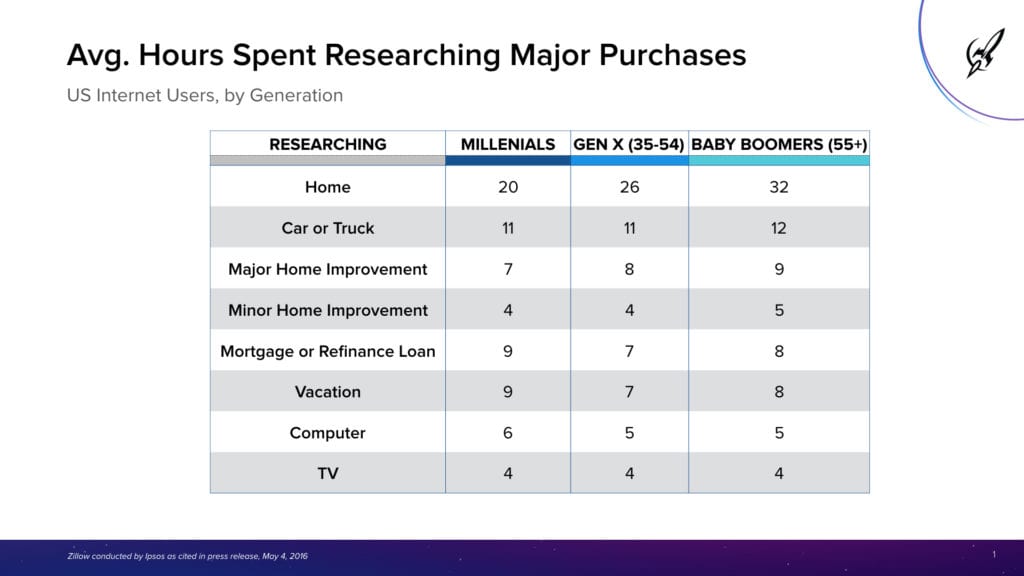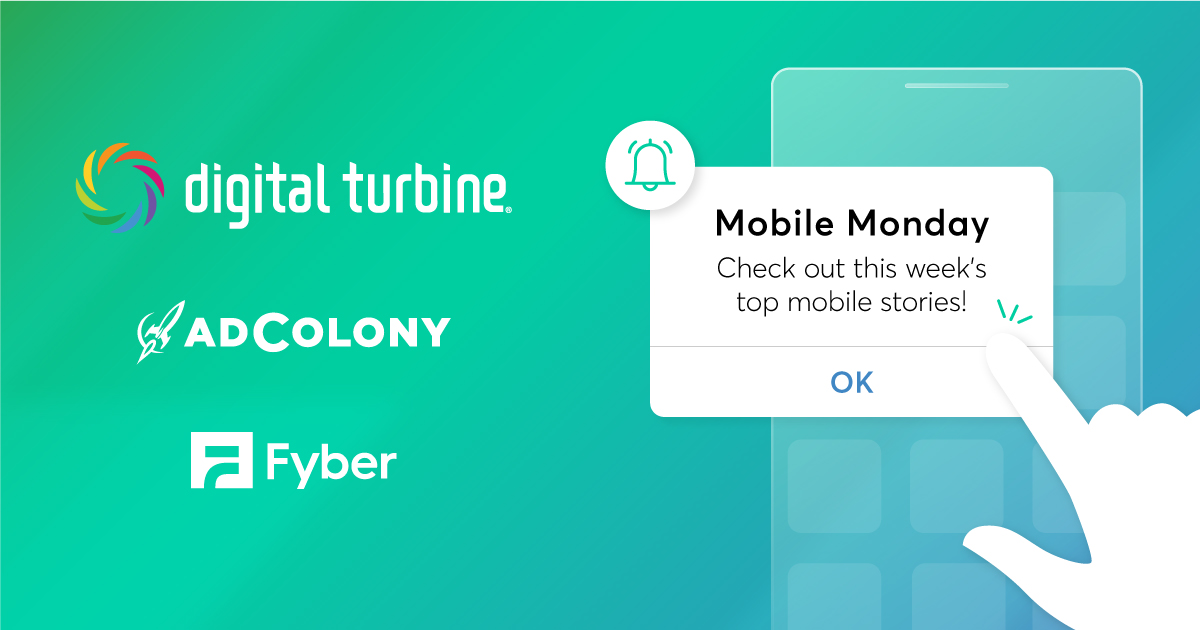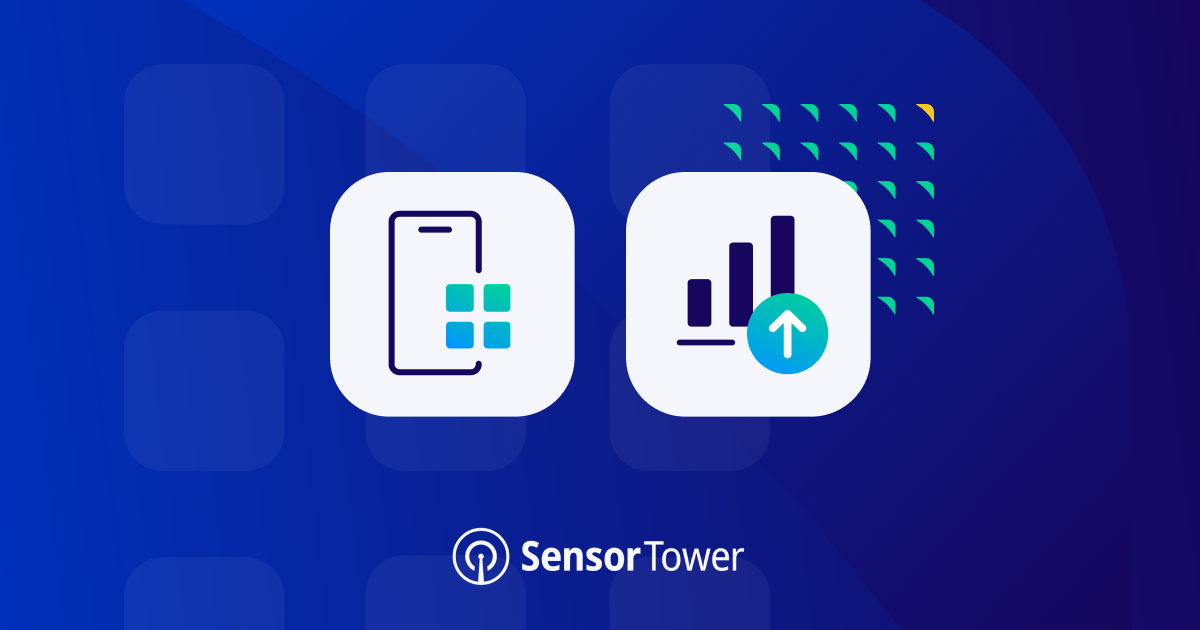With the ability to browse products and services on mobile devices, users not only research before they buy, but some directly purchase on his/her smartphone. Clearly, companies desire consumers to make purchases… But, how does one move a mobile shopper into completing a purchase? First, let’s get a quick overview of smartphone habits, and what defines a mobile shopper and mobile buyer.
Today, US adults spend about 3 hours a day using mobile apps and 34 minutes a day on mobile websites. In 2017, eMarketer projects that 91% of smartphone users will be mobile shoppers, which are users who use their mobile device to browse products, but do not make purchases. On the other hand, 65% of smartphone users will be mobile buyers, those who have purchased goods directly on mobile.
The Research Game
When it comes to purchasing merchandise online, consumers find it important to research a brand’s website prior. This holds true particularly when consumers are in the market for large items, like cars (40%), and smaller, but expensive items (45%).
The chart below illustrates that regardless of age, consumers research different types of products for a similar amount of time overall. However, when researching for a home, baby boomers research about 12 hours more than Millennials.

It’s important to note that while potential buyers research products prior to purchasing, 55% of US smartphone users won’t purchase from a brand if its website or mobile experience is poorly designed or has a poor user experience. If the first result isn’t mobile optimized, 40% of people will search for an alternate site. Mobile optimization does not only affect website traffic, but also overall sales. One study shows that 33% of potential sales fail because a company’s mobile site is not properly optimized.
Branding its Experiences
According to Etsy, experiences sell products, so they encourage sellers to upload product videos onto their shop. By showing potential shoppers what their products are, the pathway to purchase might be reduced. For advertisers, this means that they should connect products to a story and show potential buyers what happens are purchasing an item (i.e. the experience).
To deliver an impactful experience, it’s important that brands and products are in front of the user in the right place at the right time. By leveraging programmatic tools, marketers are more able to show consumers the content they are searching for in the right context. This year, 53% of marketing professionals plan to use programmatic advertising on mobile, a percentage expected to increase over the next few years.
Coupons
Coupons are one way to convert mobile shoppers to a mobile buyer. One study shows that 79% of brand-loyal consumers are influenced to purchase from a different brand due to coupon influence. Since 36% of consumers have increased their use of paperless discounts, the opportunity to grab a user’s attention and persuade them to buy on mobile is greater than ever before.
For more information on how coupons affect purchases, read our blog on paper to mobile discounts.
Today’s Takeaway
Since 90% of smartphone users aren’t specifically sure which brand they want to buy from when they begin shopping, it is possible to influence a consumer before they buy. To be a part of a consumer’s consideration set, emphasize the brand or product story, give users an experience with its products, or offer a discount.
Join the Conversation
How do you close the deal on mobile? Let us know what you think by tweeting @AdColony. For the latest AdColony mobile news and updates, follow @AdColony on Twitter, like us on Facebook, or connect on Linkedin.
- Creative Showcase: Spider-Man on Disney XD - October 20, 2017
- Q2 Results: Aurora, Programmatic, and SDK Growth - August 25, 2017
- Aurora™ HD Video Delivers Results for Initial Partners - August 23, 2017



